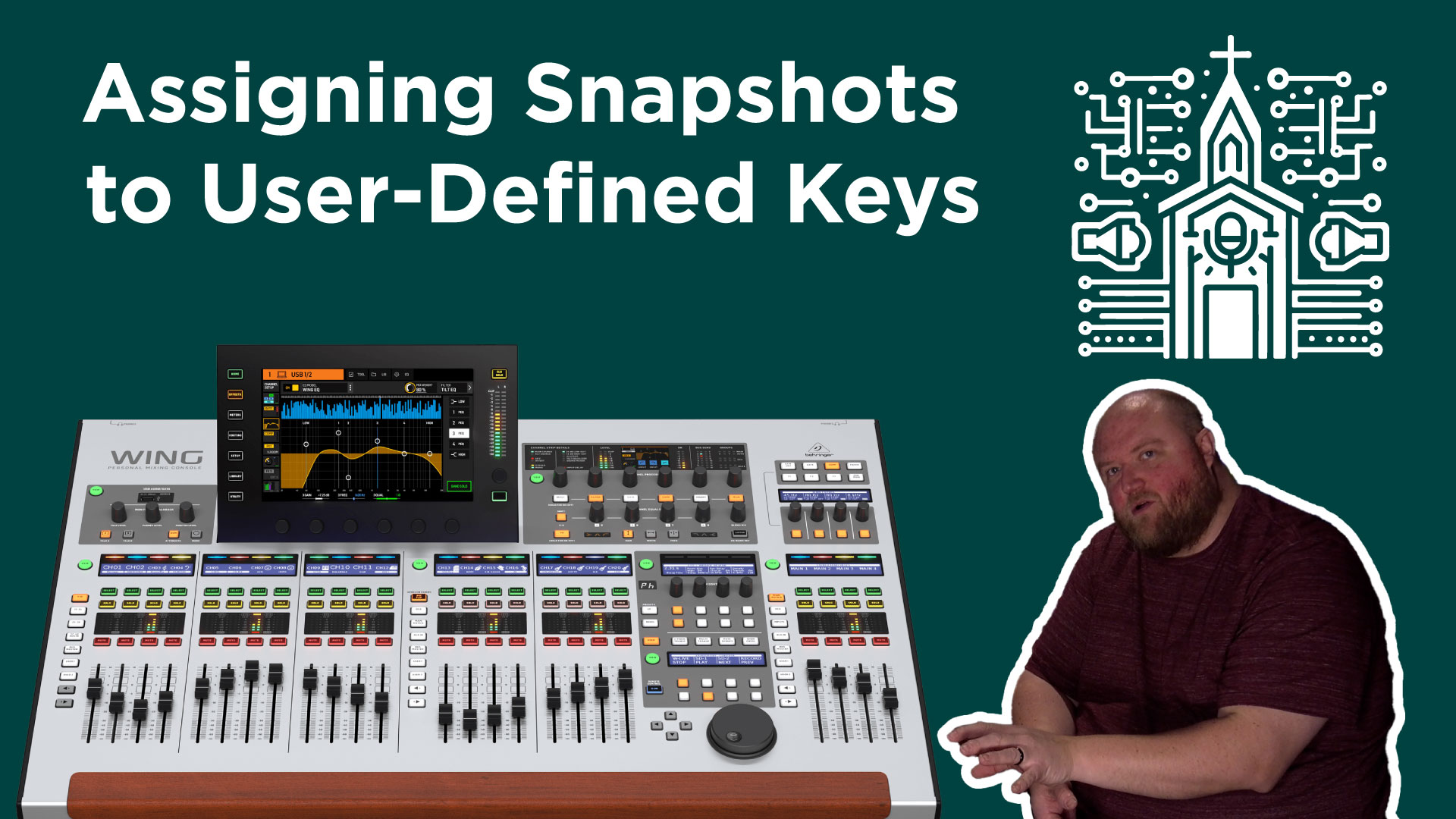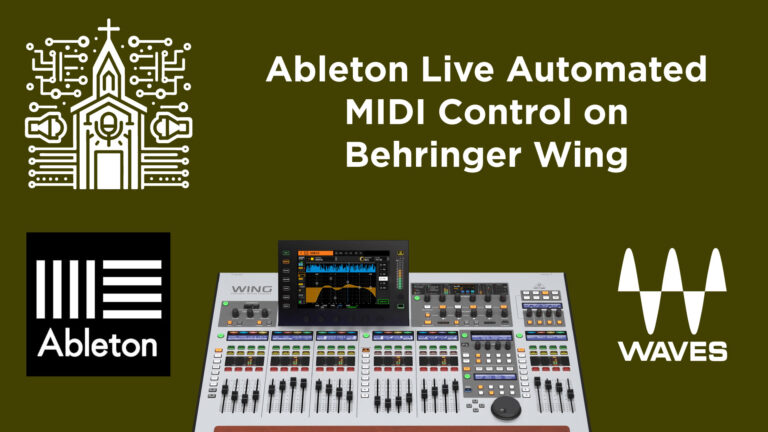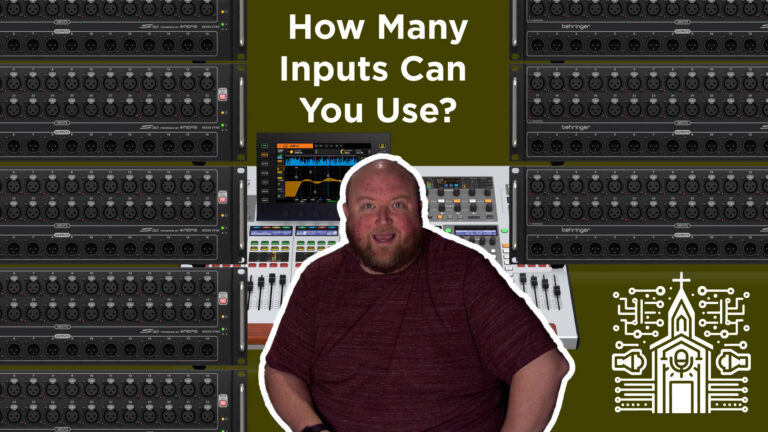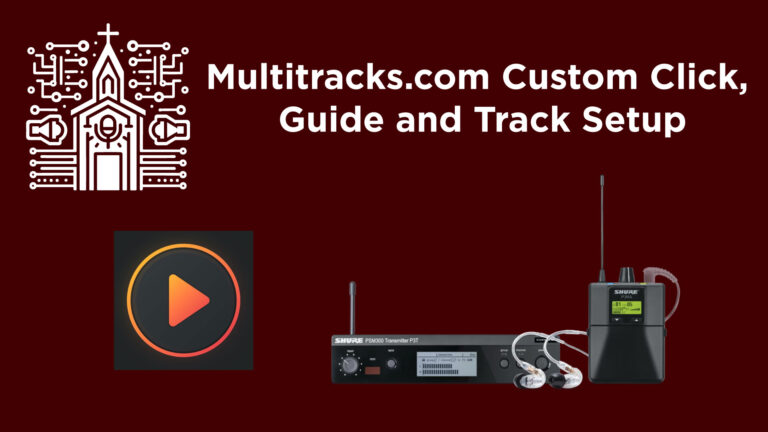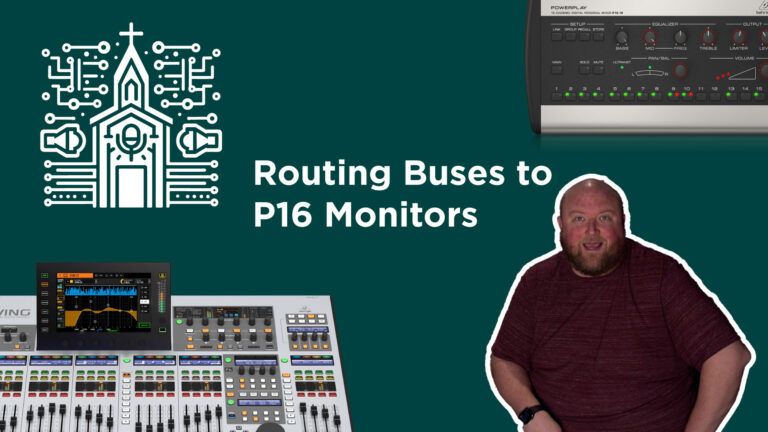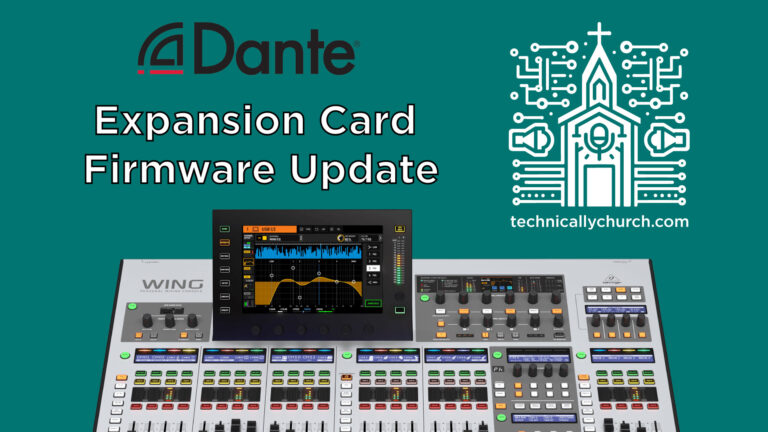Quick Access on Behringer Wing: Assigning Snapshots to User-Defined Keys
Optimizing Live Performance Workflow with User-Defined Keys on the Behringer Wing
Introduction
In the world of live sound mixing, efficiency and speed are crucial. The Behringer Wing mixer offers a powerful feature to enhance workflow: user-defined keys. These keys allow sound engineers to quickly access specific snapshots or snippets during a performance. This article delves into the process of assigning these to user-defined keys, drawing on terminology from the Yamaha mixing consoles for clarity.
Understanding Terminology
- Show: A collection of snapshots or snippets.
- Snapshot: A comprehensive capture of all board parameters at a given moment, akin to a scene on Yamaha consoles.
- Snippet: A capture of a subset of parameters, allowing for targeted adjustments without affecting the entire board.
Assigning Snapshots to User-Defined Keys
- Preparation: Ensure your desired snapshots and snippets are organized within a show, as user-defined keys can only access scenes within this structure.
- Tagging Snapshots: In the library under your show, assign a numeric tag to your snapshot. This tag correlates to the scene number used in the user-defined key assignment.
- Accessing User-Defined Keys: Navigate to the user-defined keys section and select a blank page or an unused key to set up the shortcut.
- Scene Recall Assignment: Choose the ‘Scene Recall’ function and select the scene number corresponding to your tagged snapshot.
- Custom Labeling: For ease of identification, you can rename the user-defined key to reflect the content or purpose of the snapshot it recalls.
Practical Application
This feature is particularly useful in live settings where time is of the essence. For example, a sound engineer can quickly recall specific settings for a vocalist or instrument without navigating through menus, ensuring seamless transitions between songs or segments of a performance.
Conclusion
User-defined keys on the Behringer Wing mixer are a game-changer for live sound mixing, offering unprecedented control and accessibility. By understanding and utilizing this feature, sound engineers can significantly enhance their workflow, ensuring that they can respond swiftly and effectively to the dynamic needs of live performance.

